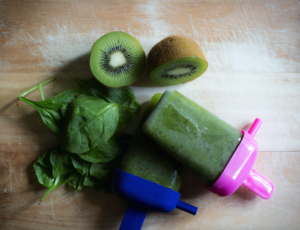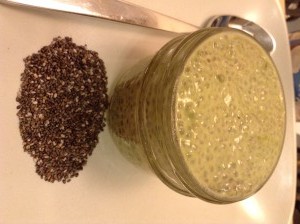My kid used to eat just about everything…
/Does this sound familiar?
“My kid used to eat just about everything and anything but she stopped eating meat all of a sudden. She's now 2.”
This, hands-down, is the single most common question that parents come to me wondering. Well, it’s not always meat that their children suddenly won’t eat. It may be vegetables, fruit, or most foods (i.e. they’ll only eat something like 5 foods).
If you’ve recently experienced this, the good news is that you’re not alone!
Most (but not all) kids will happily eat almost everything when you’re first introducing solid foods. From about 6 months onwards, these happy babies keenly gobble up most foods you put in front of them. In fact, they’re delighted with all the different textures, shapes, and tastes that you introduce to them.
Then, all of a sudden, something changes. This change can happen as young as 9 months, and most commonly happens somewhere between 18 months – 2 years.
Welcome to the picky eating stage.
It’s a completely normal developmental stage that most kids go through.
No, you didn’t cause your great little eater to suddenly “hate” foods that she loved previously. If you’re like most of the parents I’ve worked with, I know that I need to tell you to turn down the volume of the Mommy-guilt (or Daddy-guilt) voice in your head that’s telling you that it’s all your fault, that you did something wrong to cause this. That you “broke” your child. Let me tell you definitively: you didn’t.
The science doesn’t tell us why kids all of a sudden become picky. Some scientists have theorized that it’s a protective thing. From back when we lived in caves. At this age infants become toddlers and start wandering away from parents. It would be evolutionarily protective to have kids become scared to put random (i.e. potentially poisonous) plants in their mouths. It’s an interesting theory but who knows if this is true.
What I do know is that picky eating is a developmental stage. Kids become wary of foods. They honestly become scared to try things (yes, even if they’ve eaten them before). They don’t have the language skills to tell you that they’re feeling trepidatious about trying that food. So they simply say “I hate it!” (before they’ve even tried it.
The good news is that you don’t just have to wait until your daughter or son grows out of this stage. You can support them to be confident enough to try new foods, to increase the range of foods that they’ll eat, and to get the good nutrition that they need.
The bad news is that I can’t solve your question in 1 short and snappy blog post. I can, however, point you in the right direction.
As first steps, I encourage you to:
- Continue serving your child small servings of every food that you eat in your household.
- Role model eating these foods by joining your child at as many meals and snacks as possible.
- Plan meals and snacks that include both familiar and challenging foods.
And of course, keep your eyes on your peeled for other strategies I'll share to help your picky eater transition smoothly through this difficult phase (while ensuring that they’re meeting their nutrition needs).
You can support your child to eat more foods. Get successful picky eater tips. sign-up for my e-newsletter today.


























